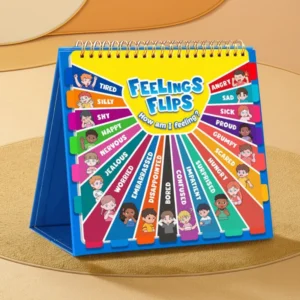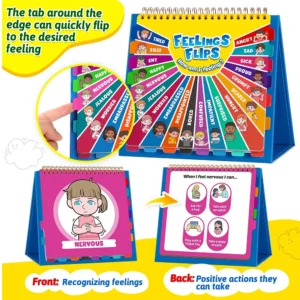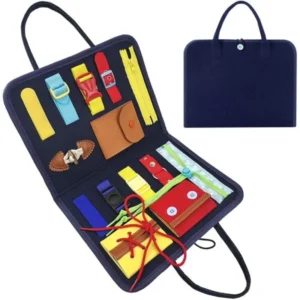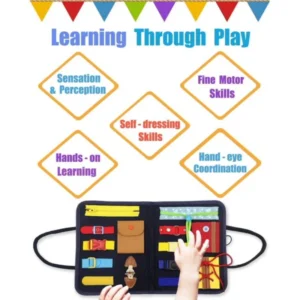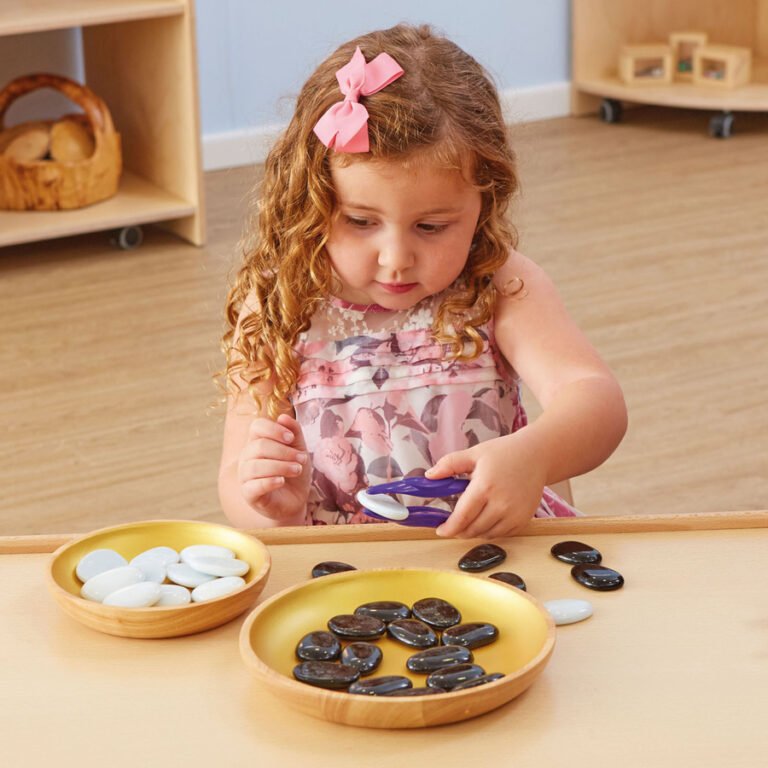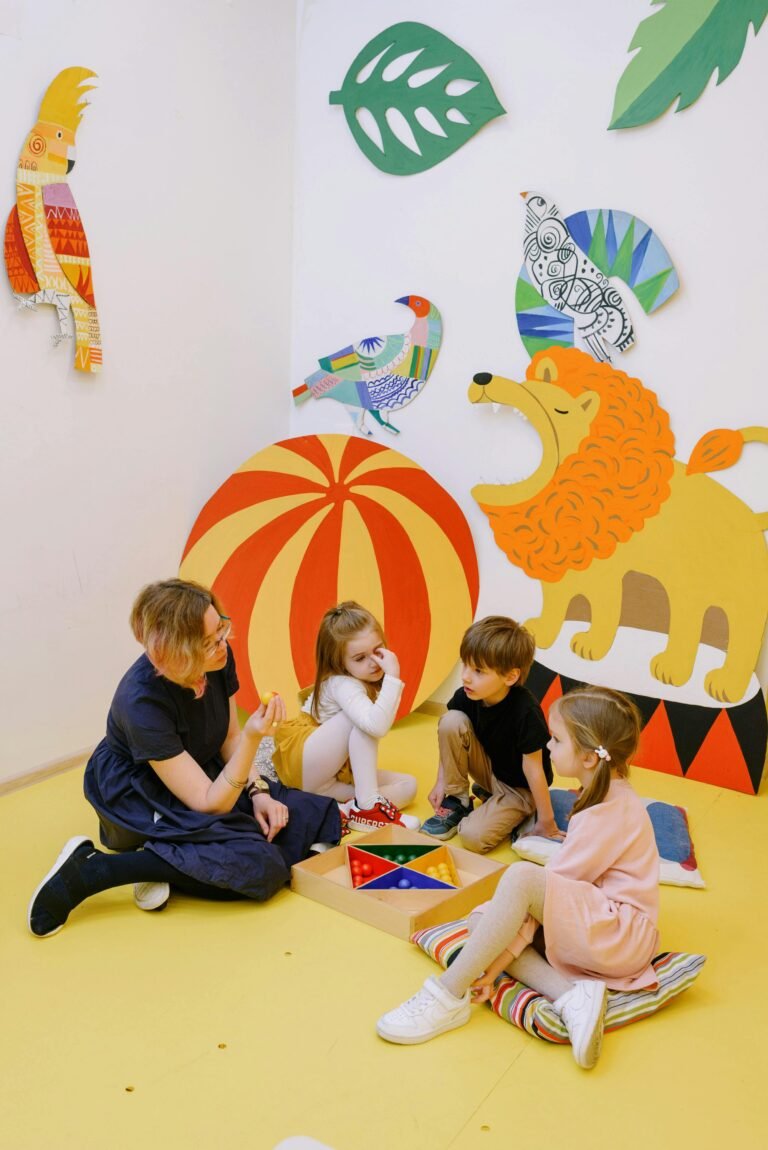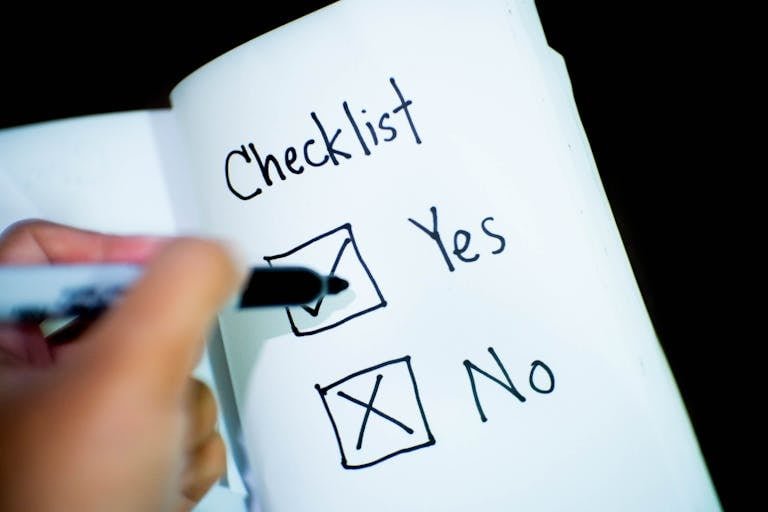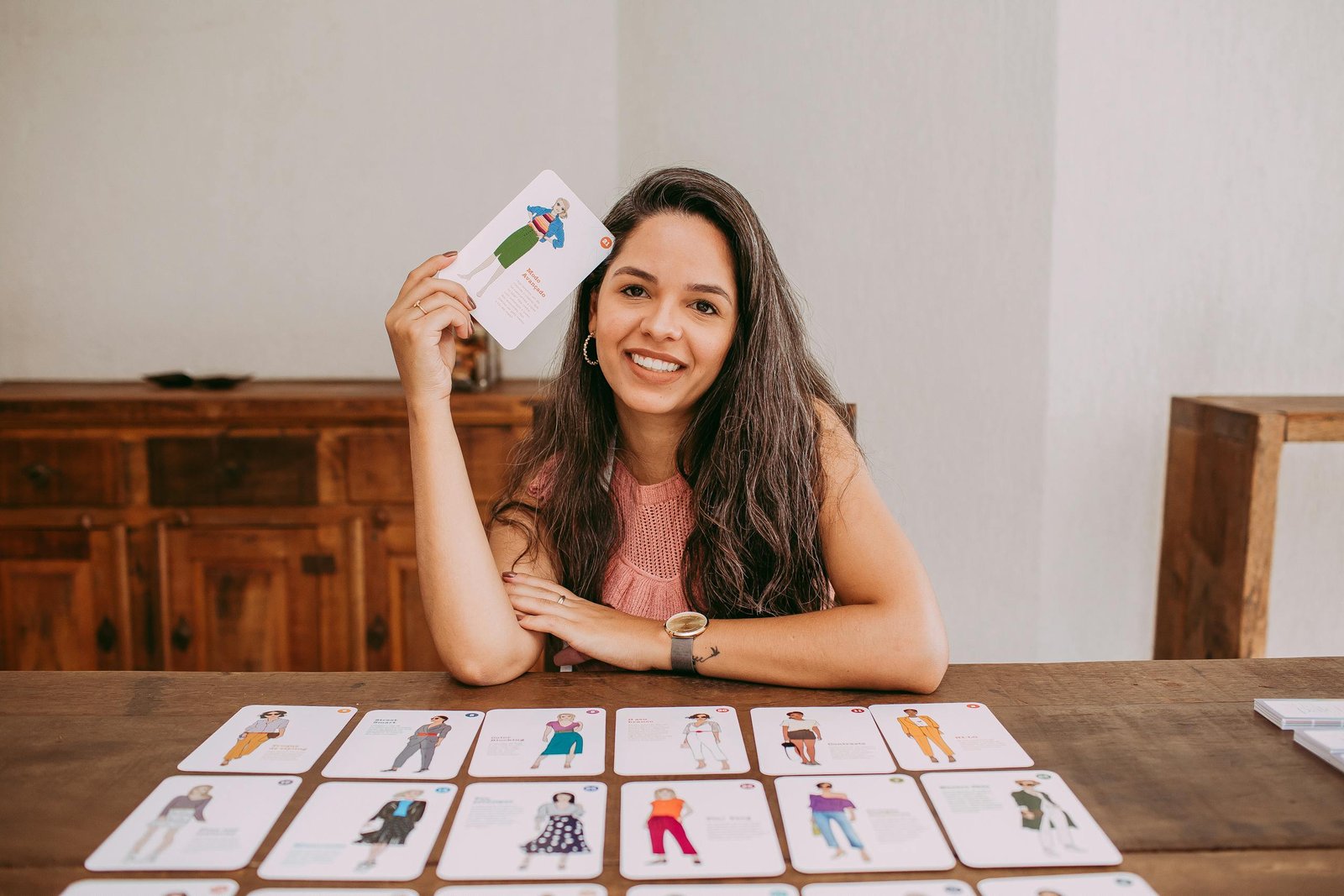
Hey, fellow RBTs! We know the drill. You walk into every session armed with your passion, your plans, and, of course, your trusty backpack. What’s stashed inside that bag can truly make or break your flow and impact. As an RBT who’s been in the trenches for a good while, I can tell you: packing the right RBT backpack essentials isn’t just about being organized; it’s about being a prepared, effective, and confident behavior technician ready to make a real difference.
Think of your backpack as your mobile command center, your go-to kit for implementing Applied Behavior Analysis (ABA) strategies with precision, capturing vital data, and keeping your learners engaged and progressing. If you’re serious about being an effective RBT, your collection of RBT tools is paramount. Ready to peek inside and level up your session game?
Why Your RBT Backpack Essentials Matter
So, why all the fuss about what’s in your backpack? Because in our dynamic field, being prepared isn’t just half the battle – it’s the foundation of every successful session. When you have your RBT backpack essentials sorted, you’ll notice:
- Efficiency & Focus: No more fumbling or last-minute scrambles! Having the right ABA therapy tools at your fingertips means smoother transitions between activities and more time dedicated to what truly matters – your client.
- Rock-Solid Data: Accurate data is our compass in ABA; it guides every decision we and our BCBAs make. Good ABA data collection tools make this crucial task more reliable and, frankly, less of a headache.
- Engagement is Everything: Let’s be real, a bored or unmotivated learner makes for a tough session. Your bag should be a treasure trove of items that can spark joy, maintain interest, and powerfully motivate your learner.
- Professional Polish: Walking in prepared and organized instantly communicates respect for your role, your clients, and their families. It’s a cornerstone of building that crucial trust and rapport, and it shows you take your responsibilities under the BACB ethical code seriously.
Crucial Data Collection Tools: RBT Backpack Essentials
These are the unsung heroes of your behavior technician supplies, the bedrock of effective intervention.
Treatment Plan: Your Session Blueprint
- Why you need it: This is your roadmap. It outlines the individualized goals, the specific programs you’ll be implementing, how to implement them, and the data you need to track. It’s non-negotiable for targeted, effective support.
- Look for: A clear, understandable plan. It absolutely needs to include crucial information like the operational definition of target behaviors, the specific procedures for each program, the type of data to track (e.g., frequency, duration, latency, interval recording), the prompting system to be used, mastery criteria for each goal, and, very importantly, criteria for when to contact your BCBA if the plan isn’t progressing as expected.
- How I use it: This document needs to be easily accessible for quick consultation during your session. If you’re a paper person, have a neatly organized printed copy. If you prefer digital, ensure it’s on a secure device, always following strict adherence to HIPAA requirements and your agency’s policies for protecting client information.
Timers: Own the Moment (Visual Timers for RBTs)
- Why you need it: From tracking behavior duration (how long a behavior lasts) and Differential Reinforcement of Other behavior (DRO) intervals to managing breaks and activity transitions, a reliable timer is key. Visual timers, in my experience, are fantastic RBT tools. They offer a concrete, visual way for learners to see time passing, which can often reduce anxiety and increase predictability.
- Look for: Easy-to-use digital timers are great, but I highly recommend investing in those game-changing visual timers. They come in various forms, from sand timers to those with disappearing color.
- How I use it: Additionally to tracking data for specific behaviors, I almost always use a visual timer for transitions between activities, especially if a learner finds transitions challenging. It’s amazing how much it can help reduce protests and other undesired behaviors by clearly signaling “5 more minutes of playtime, then it’s work time.” This is a great tip to share with parents too, for consistency at home!
Tally Counters: Every Behavior Counts
- Why you need it: For accurately tracking the frequency of behaviors (how often they occur), a clicker counter is your best friend. It’s far more accurate than relying on memory or trying to make hurried tick marks on a datasheet, especially when you’re multitasking. These are indispensable behavior technician supplies.
- Look for: Comfortable, reliable clickers. Sometimes, having a couple on hand is useful if you’re tracking more than one behavior at once. You can also check this option with 2 tally counters in one.
- Pro-Tip: Practice using it subtly! You don’t want the clicker itself to become a distraction or a cue for the learner. A little practice and you’ll be a pro at discreet clicking.
Session Notes: The RBT’s Secret Weapon
Beyond the clicks and timers, your qualitative observations are golden. Effective RBT session notes provide the rich, narrative context that numbers alone can’t fully capture. They are a vital part of your ABA data collection process.
Why Details Matter in ABA Session Notes
Good notes help you and your BCBA understand the full story behind the data: the antecedents (what happened before the behavior), the consequences (what happened after), subtle shifts in the learner’s mood, unique setting events (like a poor night’s sleep or a change in medication), or even your own procedural integrity. They boost your memory for writing reports and, critically, help your supervisor provide you with the best possible guidance and support.
Paper vs. Digital Note-Taking for RBTs (Consider RBT Note-Taking Apps)
- Pen and Paper: It’s classic, often quick for jotting things down, and no batteries required! The main downsides? Notes can get messy, be misplaced, and aren’t easily searchable if you need to find a specific observation later.
- Digital Note-Taking ABA: This is where things get exciting for RBT organization and efficiency! Apps and digital systems mean your notes are organized, easily searchable, and securely stored (again, always think HIPAA). Imagine quickly finding an observation from three weeks ago or having pre-set templates to guide your entries, ensuring you capture all relevant information. This is a huge time-saver and a definite professional step-up. If you’re looking to streamline your workflow, exploring a specialized RBT note-taking app, like the free app available in our website, could be a game-changer for your practice.
Fueling Success: Reinforcers & Engagement in Your RBT Toolkit
Motivation is the absolute fuel for learning! Your RBT backpack essentials must include items that genuinely excite and reward your learner. Remember, reinforcement isn’t just about ‘rewards’; it’s the scientific principle in ABA that teaches and strengthens desired behaviors by making them more likely to occur in the future!
Choosing Effective Reinforcers for ABA (Your Go-To Rewards)
- Why you need them: Effective reinforcement is how we teach! A well-stocked, varied stash of RBT reinforcers keeps motivation high and helps avoid satiation (where a learner gets tired of the same reinforcer).
- Pack (individualized, of course!):
- Small, approved edibles (always check for allergies, dietary restrictions, and agency/family rules!).
- Fun little trinkets (think bubbles, bouncy balls, stickers, wind-up toys).
- Engaging sensory items (stress balls, textured balls, small light-up toys, putty).
- Remember: Preference assessments are your best friend! Don’t just guess what a learner likes; systematically assess their preferences regularly. What was highly motivating last week might not be this week. This is a cornerstone of ethical and effective practice.
Games & Activities: Play-Based RBT Tools for Skill Acquisition
These are your skill acquisition tools for ABA, making learning feel less like “work” and more like fun. They help create naturalistic teaching opportunities.
- Why you need them: Play is how many individuals, especially children, learn best! Use games to target a huge range of skills:
- Communication Boosters: Picture cards (like PECS, if applicable), simple cause-and-effect toys (a button that makes a noise), and the ever-trusty bubbles (great for requesting “more” or “pop”!).
- Social Builders: A ball for simple back-and-forth turn-taking, simple cooperative board games, or puppets for role-playing social scenarios.
- Early Learner & Play Skills: Puzzles, building blocks, stacking rings, and Play-Doh are classics for a reason – they target fine motor skills, matching, and imaginative play.
Little Experiment (I do it all the time!)
Take a simple, preferred toy like a set of colorful blocks. First, for a minute or two, just let the learner play with them independently. Observe what they do. Then, you take control of the blocks and have them request each one using their communication method (e.g., saying “block,” pointing to a picture of a block, signing “block”). Notice the jump in direct teaching opportunities for communication, waiting, and maybe even color ID! It’s a simple shift that highlights how we can structure learning within play.
Stay Prepared: Organization & Professionalism for RBTs
These final RBT must-haves complete your kit and ensure you’re always ready. Good RBT organization reflects your professionalism.
- Hand sanitizer and/or wipes: Essential for hygiene.
- A basic first-aid kit: For minor bumps or scrapes (know your agency’s policy on administering first aid).
- Backup data sheets/pens: Technology can fail, paper can get wet. Always have a backup.
- Water and a snack for YOU: Self-care is not selfish; it’s essential. You can’t pour from an empty cup.
- Adherence to Ethical Standards: Always remember that your professionalism extends to upholding the BACB ethical code and ensuring client dignity and safety in all interactions. This includes maintaining confidentiality as per HIPAA
Making an Impact: Beyond Your RBT Backpack Essentials
Having the right RBT backpack essentials is more than just about convenience—it’s about maximizing your effectiveness, your efficiency, and ultimately, the progress your learners make. But remember, the most important tools are your skills and your approach. It’s not just what you have in your bag, but how you use it, guided by the principles of ABA.
- Know Your “Why”: Understand how each tool and strategy directly supports ABA principles and your client’s specific goals.
- Be Flexible & Creative: Sometimes the “perfect” item isn’t available, or a learner isn’t responding as expected. Your ability to adapt and problem-solve on the fly is a crucial skill.
- Collaborate Constantly: Your BCBA is your guide. Regularly talk to them about the tools you’re using, what’s working, what’s not, and any new ideas you have.
- Observe & Adapt Relentlessly: Pay close attention to what truly engages and motivates your specific learner. What works wonders for one might not for another. Individualization is key!
A thoughtfully stocked backpack, combined with sharp observation skills and robust RBT session notes, empowers you to set aside logistical worries and focus on what really matters: connecting with your learners and helping them shine their brightest.
What are your absolute non-negotiable RBT backpack essentials or your top note-taking tips that have saved the day? Share your wisdom in the comments below – let’s learn from each other! And if you’ve found these tips helpful, consider supporting our work by checking out the unique RBT tools and resources available in our online store!










